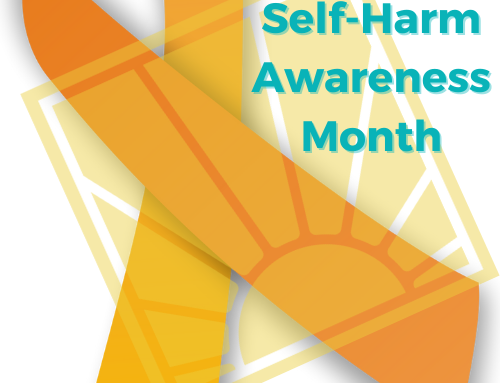Isn’t it true that our very best personality traits are, generally, also our very worst? Our most prominent personality traits generally have two sides. Those who are especially sensitive may at times express that sensitivity in the form of compassion and at other times as prickliness. Those who tend toward passion may be gregarious and engaged one moment and throw a temper tantrum the next. Those prone to strong analytical thinking can help others solve complex problems or, by virtue of the same personality trait, come across as cold and unconcerned with the emotions of others. Knowing that our dominant personality traits usually have two sides to them can help us cultivate their positive aspects and manage the negative ones.
If you’re raising an adolescent, understanding the duality of personality can help you weather their mercurial changes in mood, which is what tends to flip the coin of personality from positive to negative and back. Low self-esteem and down moods can turn sensitivity into depression and passion into anger. Knowing the other side of whatever negative personality trait your adolescent is exhibiting can help you encourage the positive expression of those very same traits.
Even diagnosed emotional and behavioral disorders are often linked to personality traits that can have a very positive expression. Knowing this can help you avoid misguided attempts to quash personality traits in your adolescent that may just be temporarily misdirected. It can also help you be an encouragement to your child when he or she is struggling and can’t see the other side of things.
For Example:
- Depression: Those prone to depression are often highly sensitive, able to tune into the deeper nuances of life and relationships. Many philosophers, writers and other creatives credit seasons of depression as a part of what informs their complex thinking and their compassion for others.
- Oppositional Defiance: When channeled in a constructive direction, the oppositional adolescent’s fearless (and often gleeful) penchant for argument can actually be made productive rather than destructive. While many adolescents with oppositional tendencies simply create headaches for themselves and others, maturation can lead to more positive expressions of this personality trait. Many attorneys, politicians and military leaders who struggled with oppositional behaviors as adolescents have learned to polish and apply their rhetorical gifts (and appetite for a good fight) in a positive direction.
- ADHD: Those who learn to harness their ADHD are often brilliant and creative multi-taskers, well suited for the dynamic work of an emergency room, an entrepreneurial setting, or the floor of the New York stock exchange. Many highly successful people in fast-paced fields carry a diagnosis of ADHD but have learned to leverage their learning different to great advantage.
- Dyslexia: Many researchers have noted high levels of creativity and innovative thinking in those who have struggled successfully to manage their dyslexia. The theory is that dyslexia and many other learning differences may force sufferers to find new, unconventional ways to solve problems. This ability approach old tasks in new ways often leads to fresh, innovative thinking. In a creative environment, dyslexics often excel because of (rather than despite), their learning difference.
- Anxiety: Anxiety is often correlated with high achievement. Sufferers of anxiety often possess high standards for themselves, high levels of mental energy and a desire to do things exceptionally well. Knowing this can help those suffering with anxiety to redirect their energy from counterproductive perfectionism to more productive and balanced effort.
- Bipolar disorder: Bipolar disorder is associated with higher than usual levels of creative genius. Many of the world’s great musicians, actors, sculptors and change makers have been diagnosed (while living or posthumously) with bipolar disorder. Understanding that bipolar disorder puts one in the company of some of the world’s greatest creators has provided comfort and a sense of direction for many sufferers.

